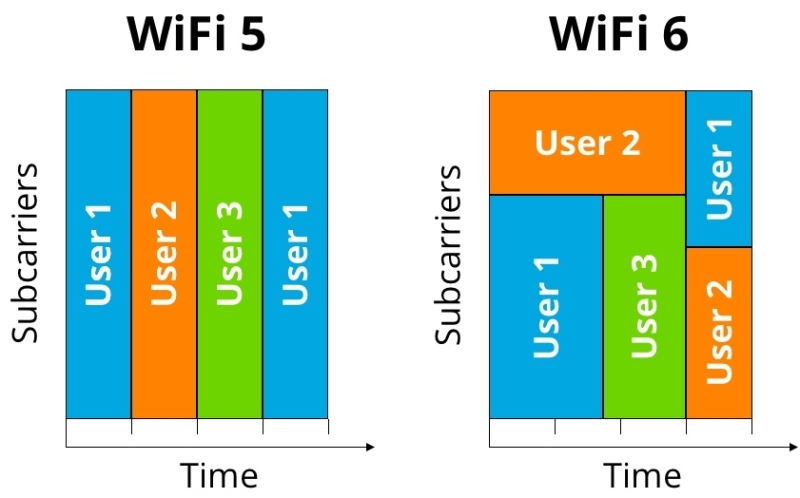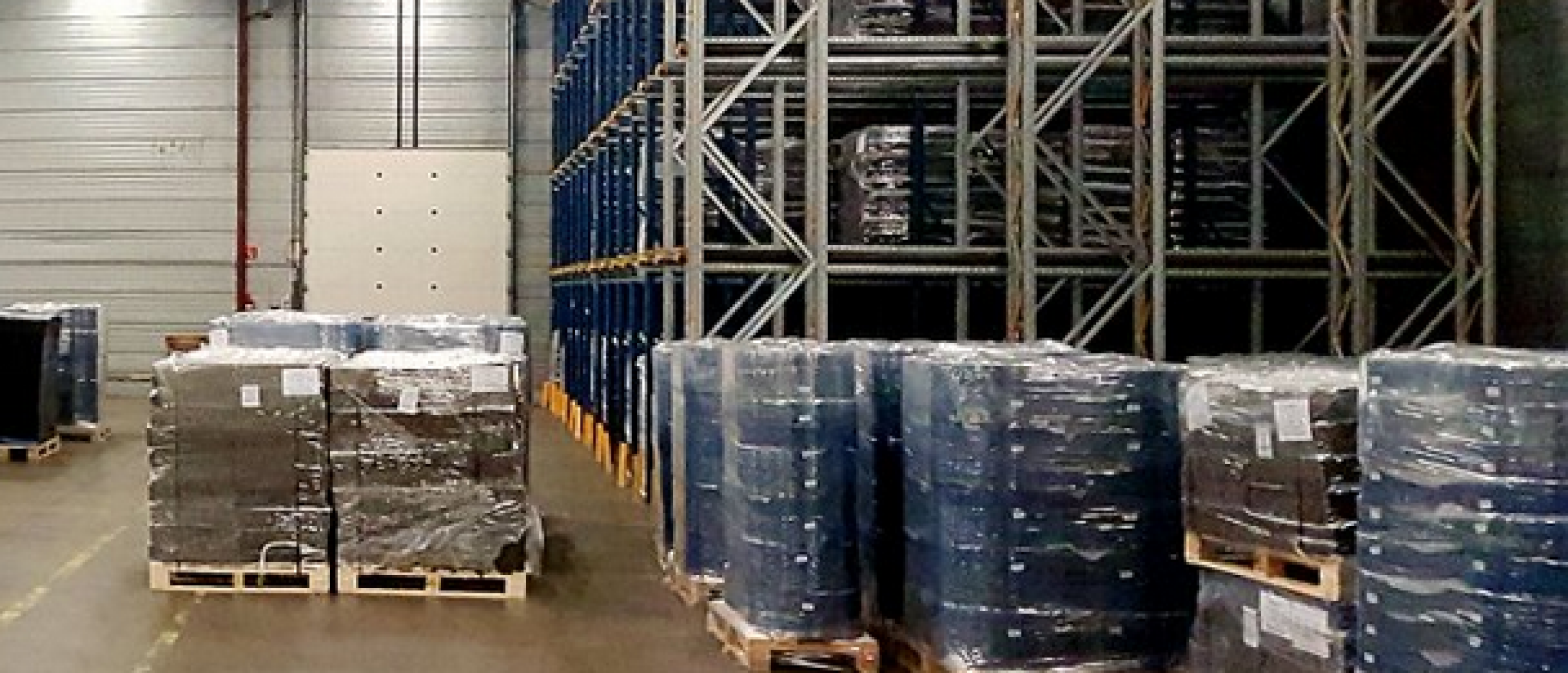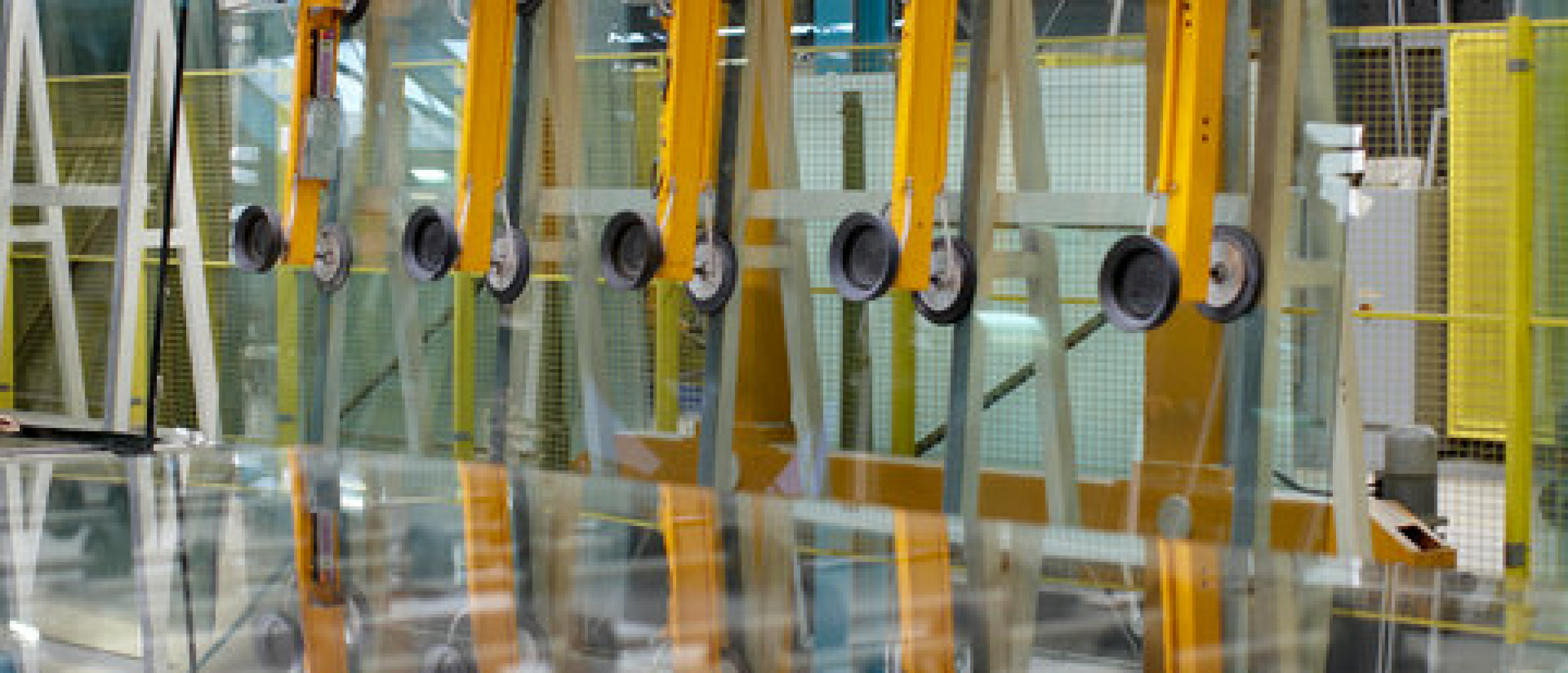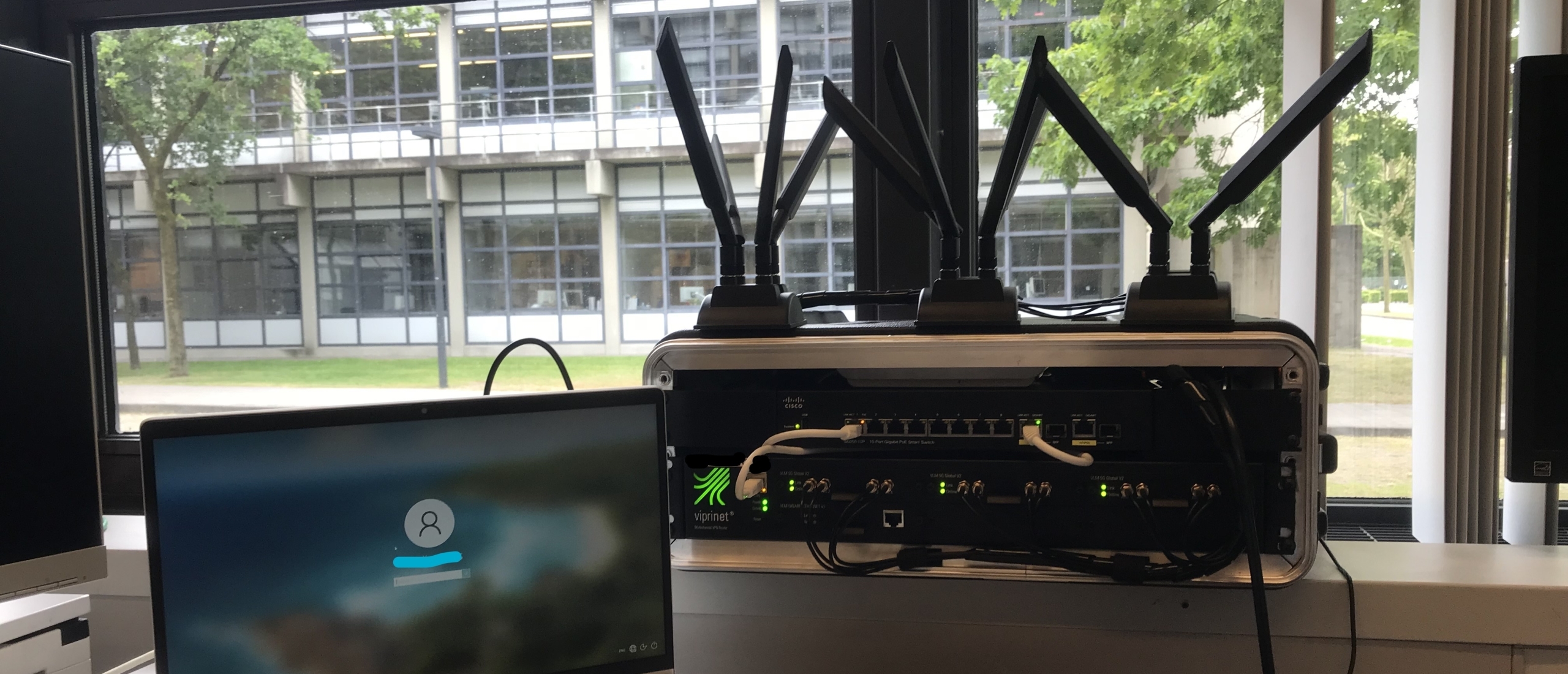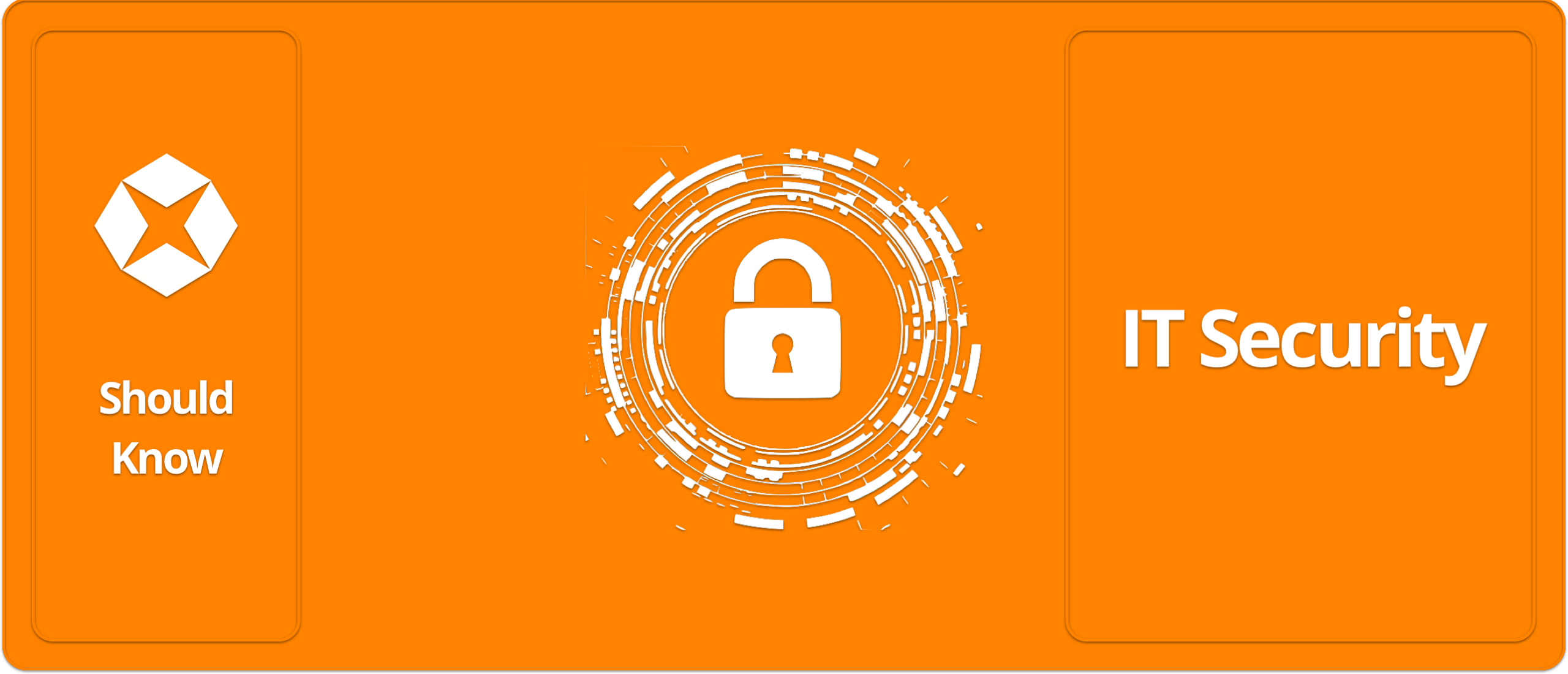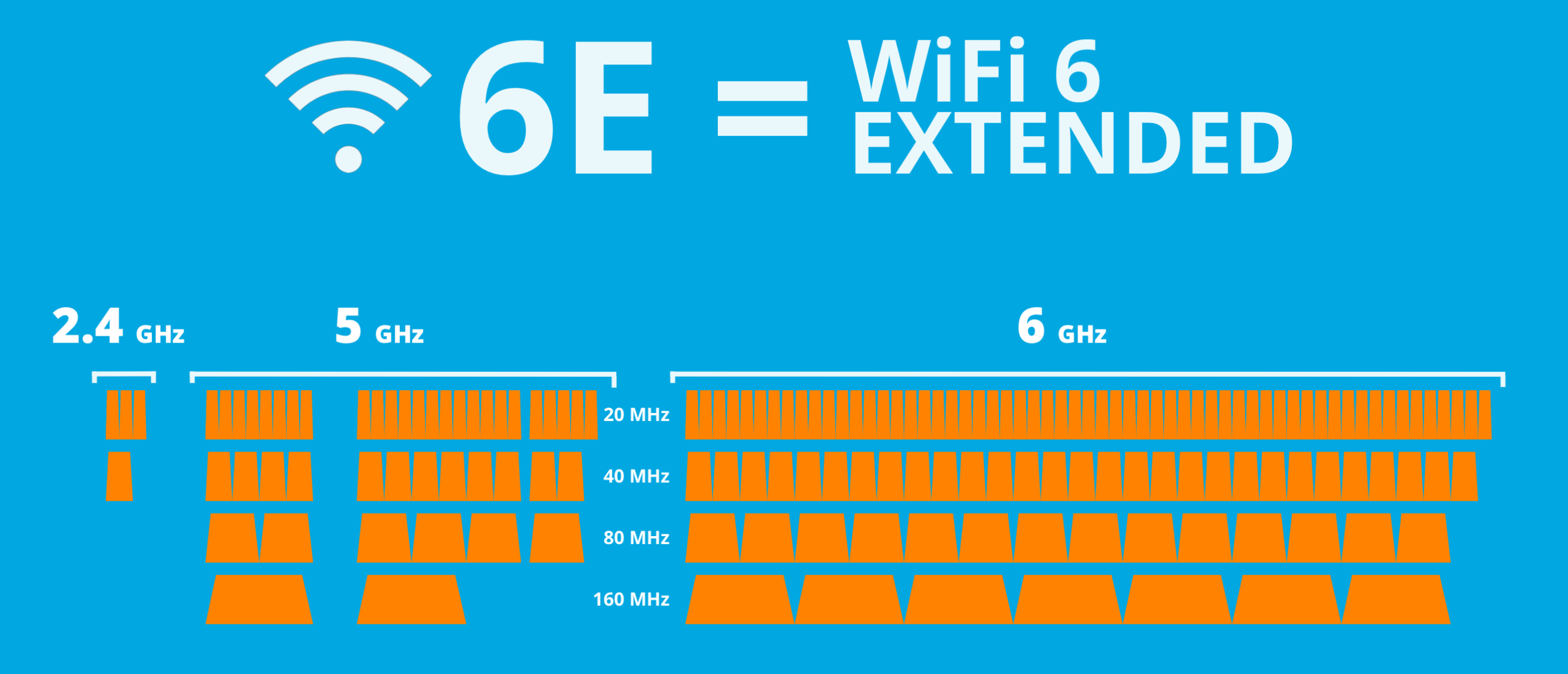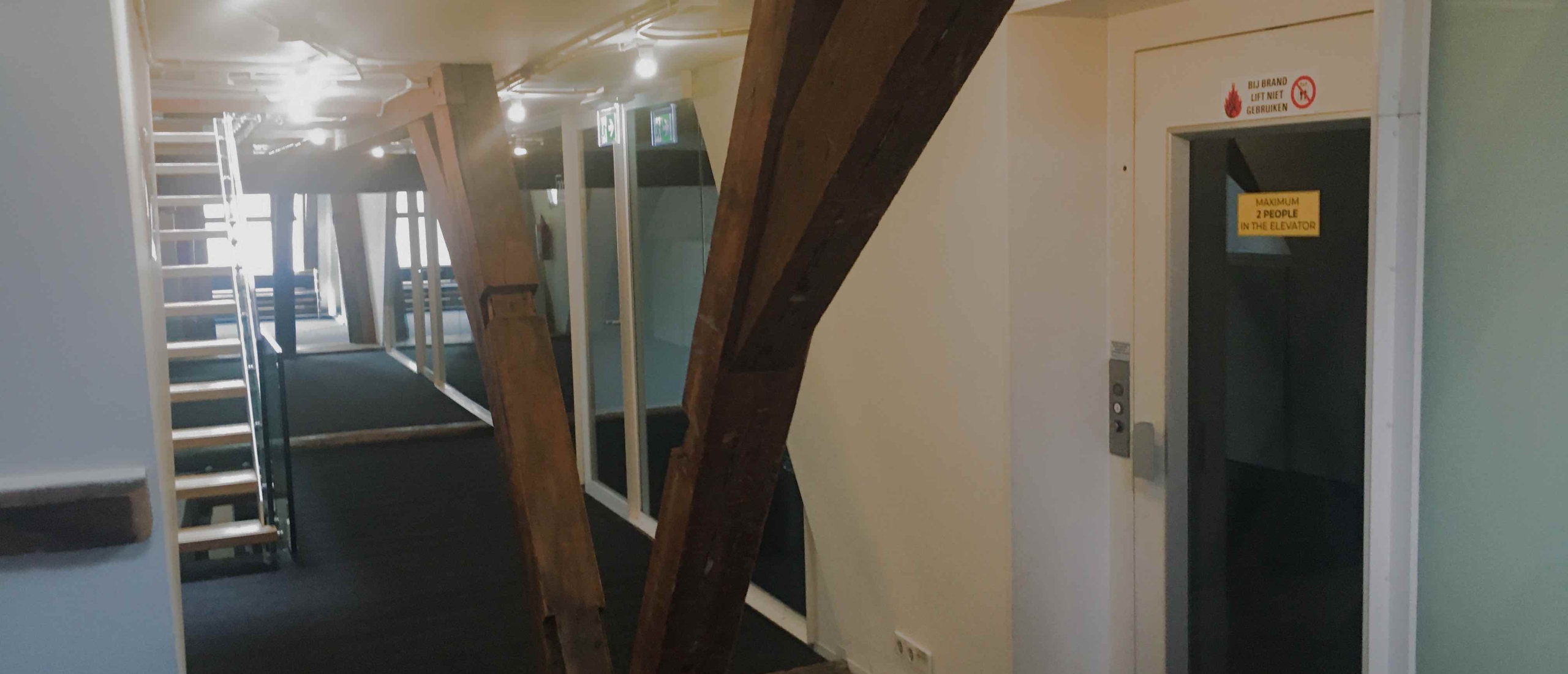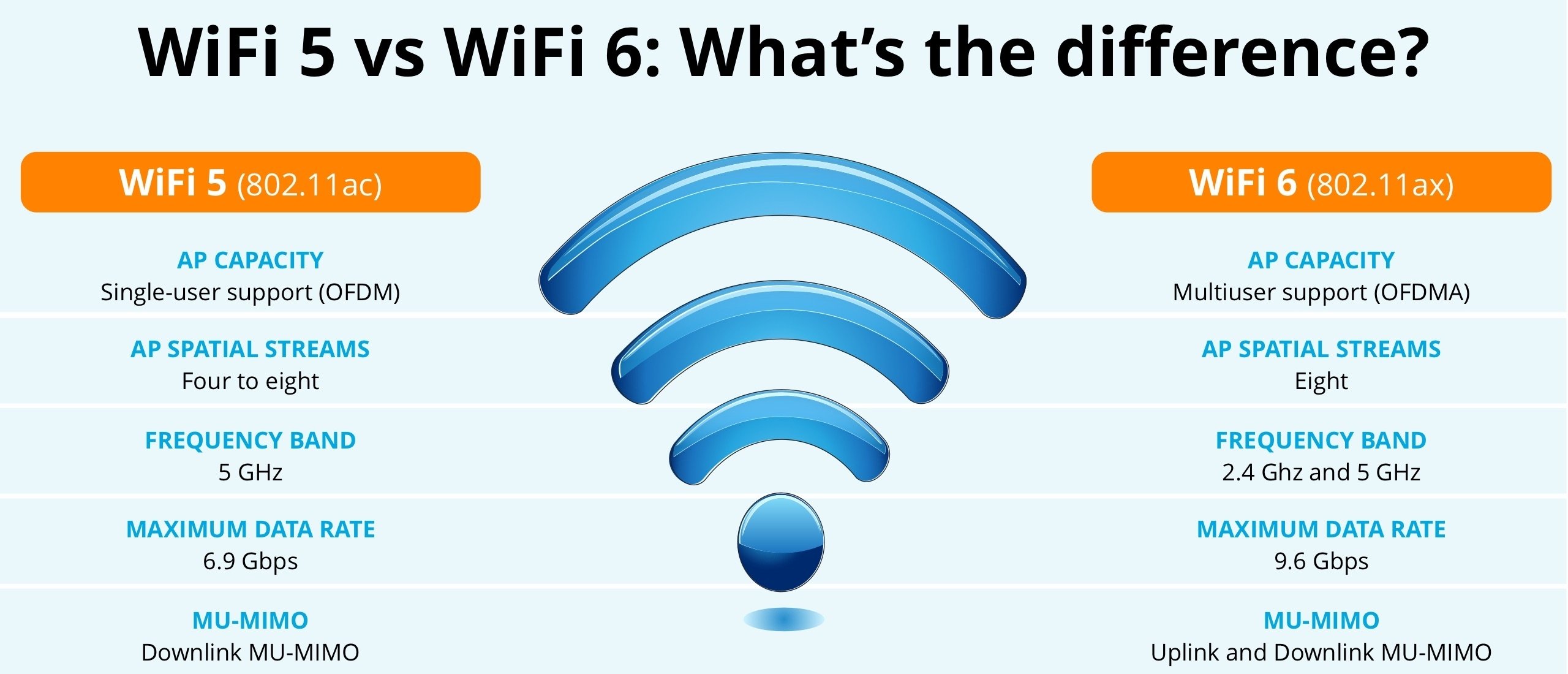
WiFi 5 or WiFi 6 – which is the best choice?
Why features like OFDMA, MU-MIMO and BSS-Coloring make the difference.
WiFi is important in our daily life’s. We use more and more devices for both work and private. While it used to be enough to read a piece of text online, now the need for data is only increasing.
The expectations and demands of a wireless network are therefore only increasing. In order to continue to meet the daily needs there is continuous research on the further development of the WiFi standard. Resulting in WiFi 5 having its successor WiFi 6 for some time now.
The new WiFi 6 standard has its own new features compared to WiFi 5.
Not every innovation comes into its own at all times and not every step in the development of a technology can or should be followed. We will take you through the differences between WiFi 5 and WiFi 6 and examine the question if and when it is wise to switch to a WiFi 6 network.
What are the differences between WiFi 5 and WiFi 6?
WiFi 6 enables faster speed than WiFi 5 because of more efficient data encryption, resulting in higher throughput. In addition, WiFi 6 has the advantage that a higher quality connection for multiple WiFi clients at the same time is made possible. This makes WiFi 6 a major advance in High Density environments.
Features from WiFi 6
The following features distinguish WiFi 6 from previous WiFi standards, a brief description:
Orthogonal Frequency Division Multiple Access (OFDMA)
In response to OFDM in WiFi 5, the new channel access method OFDMA of WiFi 6 has dual advantages: On one hand, a channel can be divided into even more sub-channels, and on the other hand, composition of one or more sub-channels can be assigned to one or more clients. If a client uses little bandwidth, the remaining bandwidth can be used for other clients. Only WiFi 6 has the OFDMA channel access method.
WiFi 6 features an enhanced version of multi-user MIMO (MU-MIMO) that allows multiple clients to communicate with an AP at the same time. Because of MU-MIMO the available WiFi channels are used more efficiently. With WiFi 6, 12 streams are available (5GHz = 8 streams, 2.4GHz = 4 streams) compaired to WiFi 5 which has only 8 streams of the 5GHz band. In addition, MU-MIMO becomes available with WiFi 6 in both the downlink and uplink, while with WiFi 5 only the downlink was available.
BSS-Coloring
Before an AP realizes whether the data traffic on a particular channel is for itself or for a nearby AP, valuable time has been lost. Thanks to BSS Coloring, there is better use of the spatial frequency. The data from AP’s that communicate on the same WiFi channel and overlap each other are given a certain 'color'. This 'color' is actually a 6-bit tag, similar to a VLAN tag. As a result, they do not have to wait for each other, which ensures that the data transfer between the AP and the client takes place without delay. This is an improvement especially on the 2.4 GHz where few “whole” channels (1,6,11) are available.
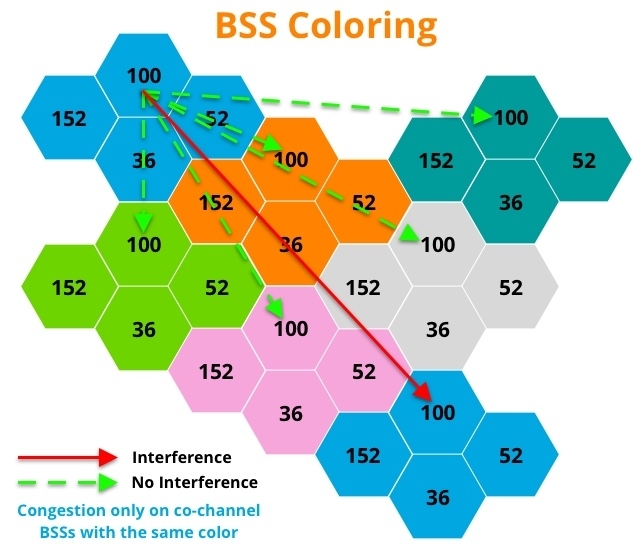
Target Wake Time – TWT
Thanks to the Target Wake Time (TWT) feature, the AP indicates to the client that the data transfer was successful and completed. As a result, the client knows that it can put its WiFi radio into sleep mode and will also know exactly when to wake up to receive the next transmission. The advantage of this is that the client's battery lasts longer, especially with IoT devices.
Maximum Data Rate
For WiFi 5, 6.9 Gbps was the maximum data rate and is was only achievable in ideal situations. WiFi 6 aims to achieve a data rate of 9.6 Gbps, which seems easier to reach given the applied standard.
Is WiFi 6 always the best choice from now on?
No, it isn't always. To start with, not all devices/clients support the WiFi 6 standard yet. It is also not always necessary to immediately replace a WiFi 5 network with a WiFi 6 network. It is much more important that your WiFi network is well designed.
What is a good WiFi design?
Designing a WiFi network is more than placing a collection of AP’s in an environment. The following factors play a role when making a design:
- Your wishes and needs
- High or low-density (number of clients per m2)?
- The environment – is it indoor or outdoor WiFi?
- Is the building relatively new or is it a historic building with thick walls?
- What is (stored) in the environment? – is it an office space with e.g. metal cabinets or is it a production environment with e.g. barrels of (chemical) liquid, metal or coated glass?
- What kind of clients rely on the WiFi network?
- Are sufficient clients on your network already compatible with the latest WiFi standard?
- Attention to security.
Of course, budget also plays a role. WiFi 6 AP’s are currently more expensive than WiFi 5 AP’s. And to really make good use of all WiFi 6 benefits, more AP’s must be placed and the associated extra cabling installed.
What is important to you determines the design of the WiFi network and the choice of the right WiFi equipment. The moment you upgrade to a new WiFi standard also determines which WiFi design best suits your environment.
Contact us: https://www.procyonnetworks.com/contact/
Follow Procyon Networks on LinkedIn and find valuable information about cybersecurity and network technology on your timeline every week.

